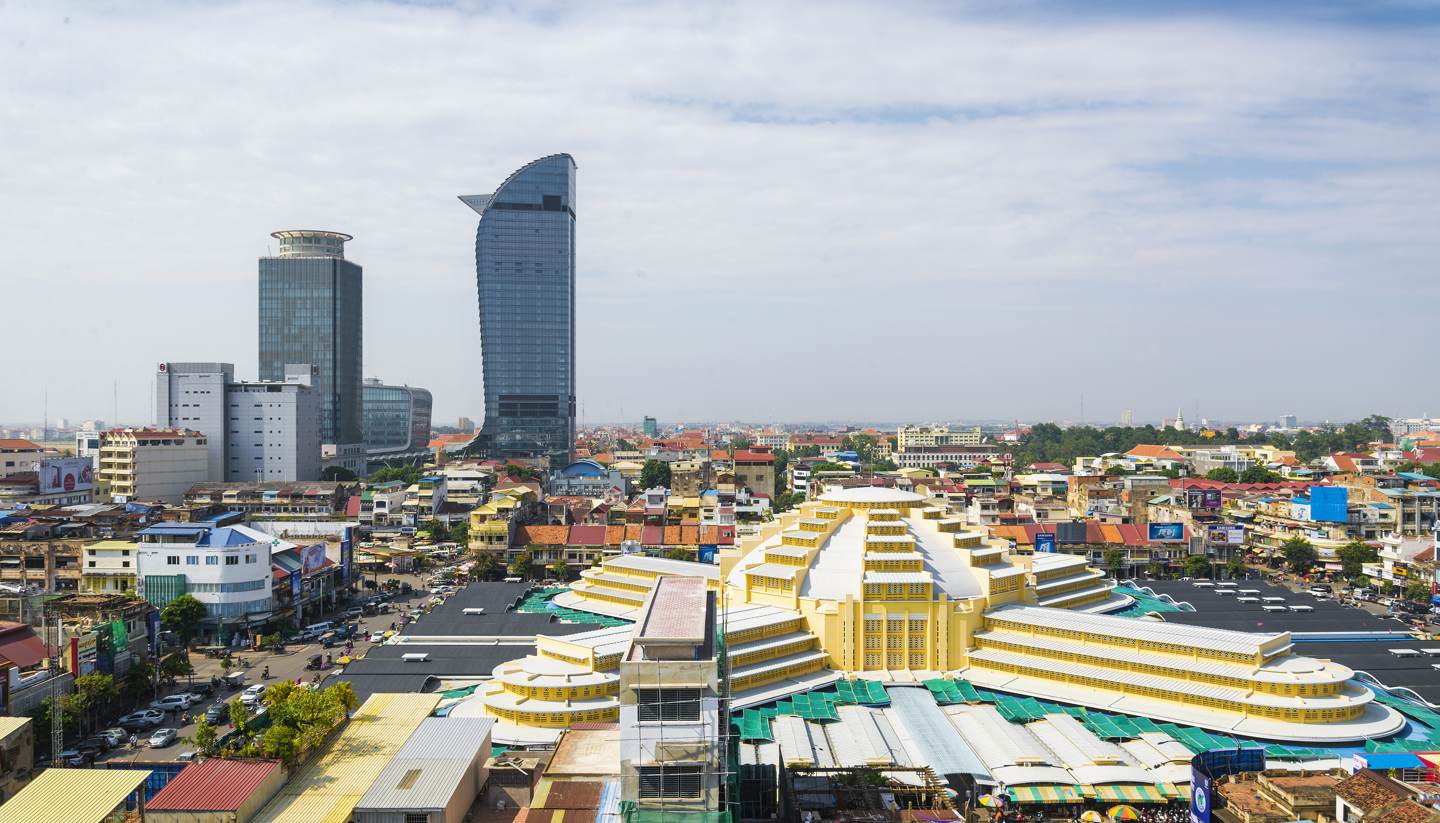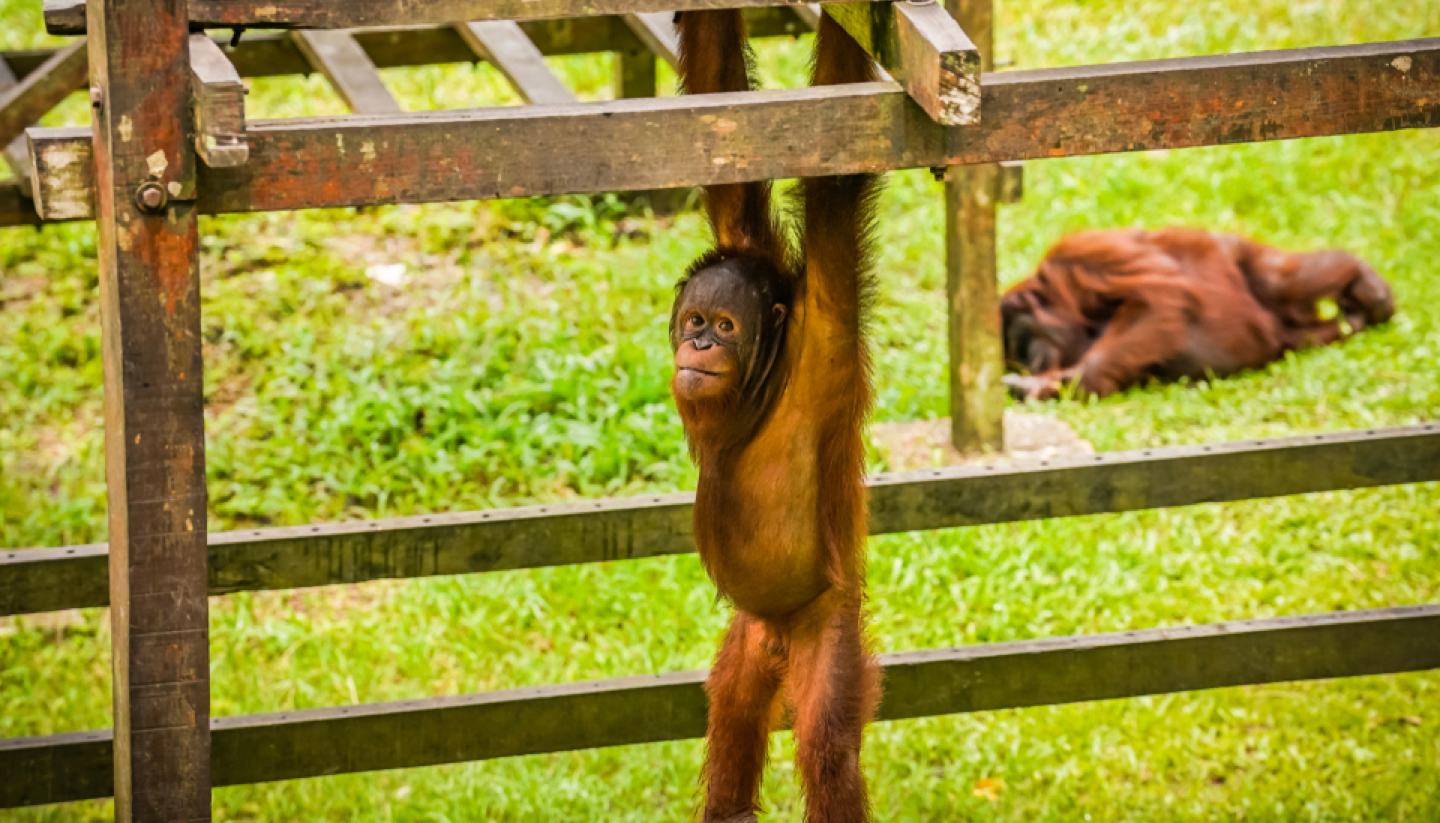Getting Around Cambodia
Air
Regular flights operate between Phnom Penh and Siem Reap, providing a fast alternative to road travel between the capital and the Angkor region. Flight times are short, typically under one hour, and services are frequent enough to suit most itineraries.
Cambodia Angkor Air is the primary carrier operating domestic routes, with occasional services by other regional airlines depending on demand.
Road
Travelling by road is the most common way to get around Cambodia and, for many visitors, the most practical option. Roads connect all major cities and tourist centres, including Phnom Penh, Siem Reap, Battambang, Kampot and Sihanoukville.
While major routes are increasingly reliable, travel can still be slow due to traffic, weather conditions and local driving habits. Fuel stations are readily available along main roads and in towns, though they are less frequent in rural areas.
Side of the road
RightRoad Quality
Road quality in Cambodia varies considerably. Major highways linking Phnom Penh with Siem Reap, Sihanoukville and the Thai and Vietnamese borders are generally paved and in reasonable condition. Expressways and upgraded national roads have improved safety and journey times on key corridors.
Secondary and rural roads can be uneven, narrow or unpaved, particularly outside major towns. During the rainy season, from May to October, flooding and potholes can affect travel conditions. Night driving is not recommended due to poor lighting, livestock on roads and unpredictable traffic.
Road Classification
Cambodia's road network is divided into national roads, provincial roads and local roads. National roads connect major cities and border crossings and are usually paved. Provincial roads link smaller towns and districts, while local roads often serve rural villages and agricultural areas.
Signage is improving and is generally in Khmer, with English appearing on major routes and near tourist destinations. Navigation apps are useful in cities and on main roads, but travellers should be cautious when relying on GPS in remote areas.
Car Hire
Car hire is available in Phnom Penh and Siem Reap, though it is less common than hiring a car with a driver. Many visitors prefer using a driver due to local driving conditions and the relatively low cost of private transport.
Self-driving is possible but requires confidence and caution. Vehicles are usually rented with basic insurance, and availability can be limited, so advance booking is recommended.
Taxi
Taxis operate mainly in Phnom Penh and Siem Reap, while tuk-tuks are the most common form of transport for short trips. Ride-hailing apps (Grab, PassApp, and Tada) are widely used in major cities and offer transparent pricing, though availability can vary during busy periods.
Fares are generally low, but prices should be agreed in advance when using traditional taxis or tuk-tuks.
Bike
Cycling is possible in Cambodia and can be an enjoyable way to explore smaller towns and rural areas. Siem Reap, Kampot and Battambang are particularly popular with cyclists due to relatively flat terrain and scenic surroundings. Bicycle rentals are widely available in tourist centres.
However, cycling on major highways and in cities is challenging due to traffic conditions and limited road awareness. Helmets are recommended, and cyclists should take extra care during the rainy season.
Coach
Long-distance buses and minibuses are widely used and offer an affordable way to travel between cities. Several private operators run frequent services on popular routes such as Phnom Penh to Siem Reap, Battambang, Kampot and Sihanoukville. Vehicles range from large coaches with air-conditioning to smaller minibuses.
Journey times can be long, and comfort levels vary by operator. Tickets are easily purchased online, at offices or through hotels and travel agencies.
Regulations
Traffic drives on the right-hand side of the road. Speed limits are typically 40 km/h in towns, 60 to 80 km/h on main roads and up to 100 km/h on highways, though enforcement can be inconsistent. Seat belts should be worn where fitted, and helmets are mandatory for motorbike riders.
Drink-driving laws are enforced, and penalties apply for exceeding legal limits. Police checkpoints are common, particularly in cities and during holidays.
Breakdown services
Cambodia does not have a nationwide breakdown or roadside assistance service. Travellers hiring vehicles should rely on their rental company for support in the event of a breakdown. In rural areas, local mechanics are common and can often assist with basic repairs, though spare parts may be limited.
Documentation
Foreign drivers must carry a valid international driving permit along with their home country licence. Vehicle registration and insurance documents should also be kept in the vehicle. Police may request documentation at checkpoints, and failure to produce it can result in fines.
Urban travel
Within cities and towns, travel is dominated by tuk-tuks, motorbikes and small taxis. Distances are generally short, and transport is inexpensive. Walking is practical in central areas, though pavements can be uneven.
Traffic congestion is most noticeable in Phnom Penh, particularly during peak hours. Urban travel is informal but flexible, with transport readily available throughout the day.
Rail
Cambodia's rail network is limited but gradually improving. Passenger train services operate between Phnom Penh and Sihanoukville, and between Phnom Penh and Battambang, offering a slower but scenic alternative to road travel.
Water
Water transport plays a limited but still relevant role in Cambodia. Boat services operate seasonally between Phnom Penh, Siem Reap and destinations along the Tonle Sap Lake and Mekong River, depending on water levels.


